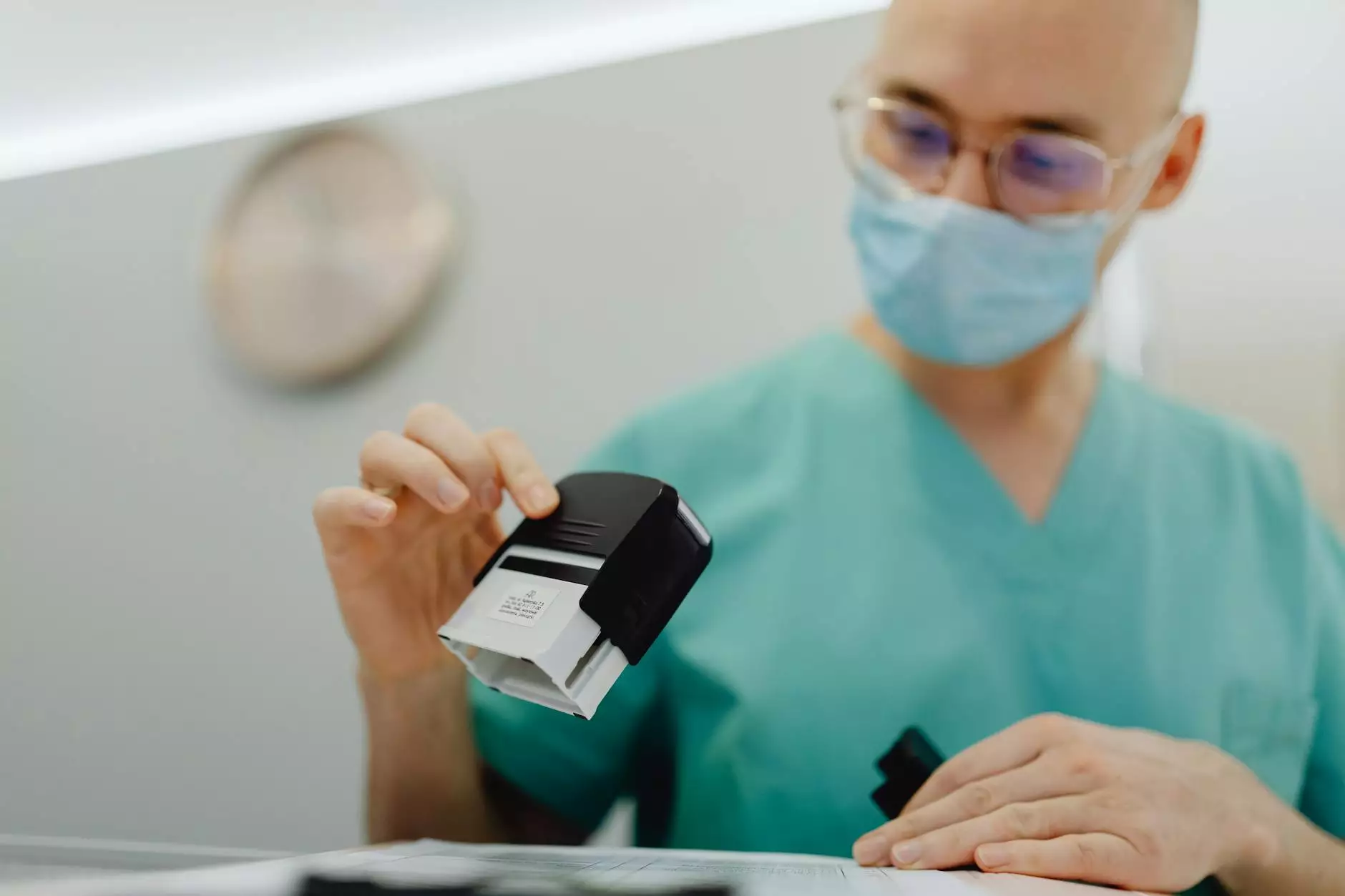How to Tell if Your Legs Are Swollen

Understanding how to tell if your legs are swollen is crucial for maintaining optimal health and well-being. Swollen legs can indicate a variety of underlying conditions, and being able to identify the signs early can lead to timely medical intervention. In this article, we will explore the signs of leg swelling, the potential causes, and the necessary steps to take if you notice swelling in your legs.
Understanding Leg Swelling
Leg swelling, medically known as edema, occurs when fluid accumulates in the tissues of the legs. This condition can affect one leg or both legs and may be temporary or chronic, depending on the underlying causes. To better understand how to tell if your legs are swollen, let's delve deeper into the physical signs and symptoms associated with leg swelling.
Physical Signs of Swollen Legs
When assessing whether your legs are swollen, look out for the following physical signs:
- Increased Size: Noticeable enlargement of one or both legs compared to normal size.
- Tightness: A feeling of tightness in the skin over your legs.
- Pitting Edema: When you press a finger into the swollen area, it leaves a dent that takes some time to bounce back.
- Skin Changes: The skin may appear shiny or stretched, and you might notice discoloration.
- Difficulty Walking: There may be discomfort or difficulty moving your legs due to the swelling.
Common Causes of Leg Swelling
Leg swelling can arise from various causes, including but not limited to:
- Injury: Any trauma or injury to the leg can lead to localized swelling.
- Infections: Infections in the leg can cause inflammation and swelling.
- Venous Insufficiency: Poor circulation or venous insufficiency leads to fluid accumulation as blood flow back to the heart is inadequate.
- Heart Conditions: Heart failure can cause fluid buildup due to the heart's inefficiency in pumping blood.
- Kidney Problems: Kidney issues can disrupt the balance of fluids in the body, leading to swelling.
- Medication Side Effects: Certain medications, such as those for blood pressure or inflammation, can cause swelling as a side effect.
- Pregnancy: Hormonal changes and additional weight during pregnancy may result in swollen legs.
How to Assess Swollen Legs at Home
To assess whether your legs are swollen, follow these simple steps:
- Visual Inspection: Stand in front of a mirror and compare the size of your legs. Look for any noticeable differences.
- Touch Test: Gently press the skin on your shin or calf. If it leaves an indentation, this indicates pitting edema.
- Skin Stretch: Observe if your skin looks shiny or feels tight, which can indicate excessive fluid accumulation.
- Partner Check: Have someone help you by examining your legs for differences in size or color.
When to Seek Medical Attention
It's important to recognize when swelling in the legs might signal a more serious condition. Seek immediate medical help if you experience any of the following:
- Sudden Onset: If swelling occurs suddenly, especially alongside chest pain or difficulty breathing.
- Severe Pain: If the swollen area is painful, warm, or red, which may indicate an infection or blood clot.
- Persistent Swelling: If swelling lasts for more than a few days without improvement.
- Swelling After Travel: If leg swelling occurs after a long flight or car ride, especially if accompanied by pain.
- Accompanied Symptoms: If swelling is accompanied by symptoms like fever, rashes, or fainting, immediate care is necessary.
Managing and Reducing Swollen Legs
If you're experiencing leg swelling, there are several management strategies you can employ at home:
Lifestyle Changes
- Elevate Your Legs: Elevating your legs above heart level can help decrease swelling.
- Stay Active: Regular physical activity can enhance circulation and reduce fluid retention.
- Avoid Prolonged Sitting or Standing: Change positions frequently to prevent fluid accumulation.
Diet and Hydration
- Reduce Sodium Intake: Eating a low-sodium diet can prevent excess fluid retention.
- Stay Hydrated: Drinking plenty of water helps your body maintain a balanced fluid level.
Compression Therapy
Wearing compression stockings can provide support to the veins in your legs and promote better blood flow, which can alleviate swelling.
Conclusion
Understanding how to tell if your legs are swollen is essential for identifying potential health issues early. Whether you experience occasional swelling or persistent issues, it's important to stay informed and proactive about your health. If you have concerns about swollen legs, do not hesitate to consult with healthcare professionals, like those at Truffles Vein Specialists, who can provide tailored advice and treatment options.
By being aware of the signs and taking appropriate actions, you can significantly improve your quality of life and prevent complications associated with swollen legs.








